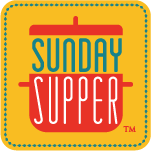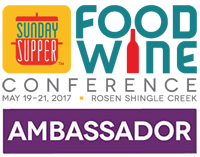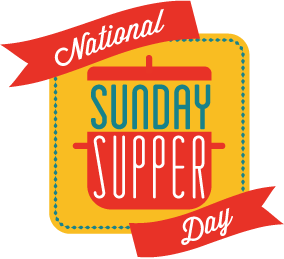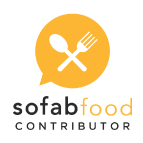I was given a copy of Green Enough to read and review. I received no further compensation. All opinions are my own. AD
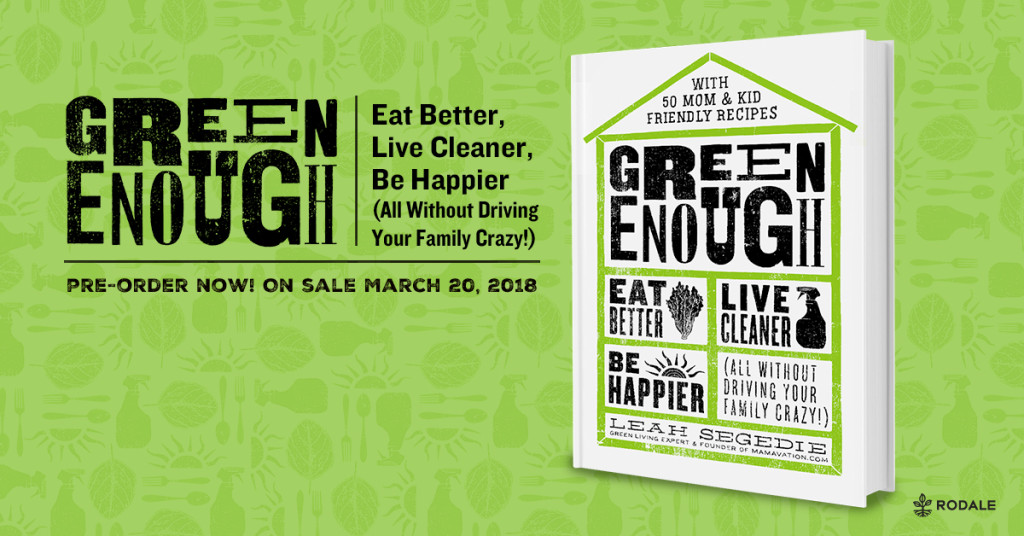
Did you ever wish there was a book you could go to on making the best choices possible about what you bring into your home – from furniture to packaged food – without losing your minds? Green Enough by Leah Segedie delivers it; humorous, fact-filled shooting straight from the hip.
I’ve followed Leah over the course of a few years, watching her slowly chip away at products to expose hidden toxins. As a marketing expert and creator of the hit blog Mamavation, Segedie researched thousands of products and health claims to evaluate their safety.
Her goal in writing Green Enough is to share that knowledge with other parents like herself and educate the public in general.
Segedie is the real deal. She’s challenged corporations and the government to come clean on what is really in the food and everyday products we all use.

Green Enough covers ways to recognize and detoxify your home, toxins in foods and how organics really differ from conventional products.
Here is an excerpt from Green Enough.
BreakingTheCode.PlasticsGuide.Pages80,81,82
Here’s a quick-reference rundown on those teeny tiny numbers on plastics.
#1: PET or PETE (polyethylene teraphthalate). Bottled water comes in this plastic, which is designed for single use so it’s not especially strong. As with all plastics, heat is a problem. When you leave a plastic bottle sitting in the sun or your hot car, you’re effectively helping all those chemicals leach into your water. Plus, bacteria can accumulate with repeated refills, so don’t reuse—recycle.109
#2: HDPE (high-density polyethylene). Typically opaque with a lower risk of leaching, so many consider it safe. Best to avoid reusing; most curbside recycling programs will pick it up.
#3:V or PVC (vinyl). Used to make detergent bottles and some food wraps. Never cook with or burn this plastic. May contain phthalates, which are linked to numerous health issues, and DEHA, which can be carcinogenic with long-term exposure. Most curbside recycling programs do not accept PVC.110
#4:LDPE (low-density polyethylene). It’s found in squeezable bottles, fro-zen food and bread bags, and some food wraps. Curbside recycling pro-grams typically do not accept it. Considered safer, but concern about endocrine-disrupting chemicals is mounting, particularly when it comes to use with fatty foods like cheese and ham.
FOOd PackaGiNG, Cook waRE, aNd StORaGEContainers81
#5: Polypropylene. Used to make yogurt containers and bottles for ketchup and syrup, this plastic is becoming more accepted by curbside recycle pro-grams. It’s safe to reuse if it’s in good condition and you avoid exposing it to heat.
#6: Polystyrene. Used to make meat trays and those squeaky egg cartons. It’s bad for the environment because it is notoriously difficult to recycle, and it’s bad for us because it leaches potentially toxic chemicals (espe-cially when heated). Most recycling programs won’t accept it.111
#7: Other, Miscellaneous. All of the plastics that don’t fit into the other categories are placed in the 7 category. It ’s a mixed bag of plastics that includes polycarbonate, which con-tains the toxic bisphenol-A (BPA) and plant based alternatives. The best and the worste are here. Use caution.
Reprinted from Green Enough by Leah Segedie. Copyright ©2018 by Leah Segedie. By permission of Rodale Books, a division of Penguin Random House LLC. Available wherever books are sold.
I highly recommend Green Enough for anyone interested and concerned about knowing what you buy is safe for your family. After all, can we ever be green enough?


















